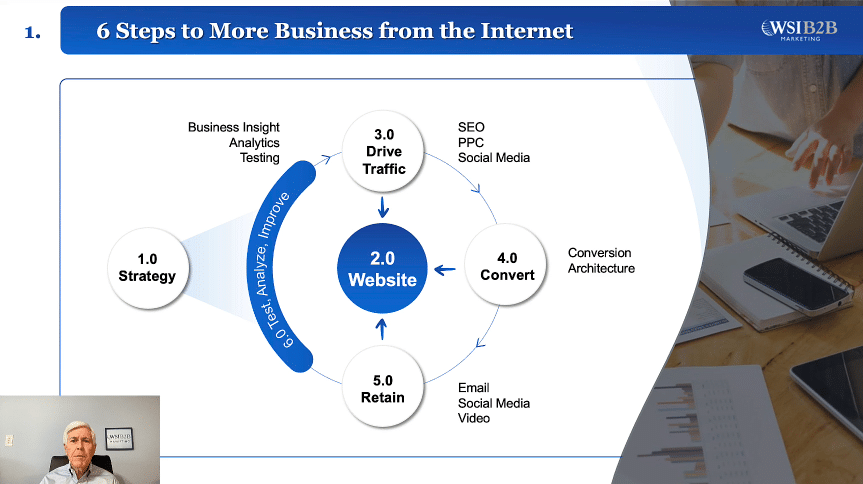Protect Your B2B Brand from TypoSquatting / Cybersquatting
February 10, 2010
One of the keys to generating more sales and leads via the Internet is to create trust. Companies work tirelessly to build this authority, and others take shortcuts by leveraging the authority your company creates.
With the expanded use of the Internet as a research tool for B2B purchases, plus rise of referral programs and opportunities to monetize websites with automated advertising, businesses should be more proactive than ever to protect their brand names from misuse.
Cybersquatting, and a subset of this field called typosquatting are the primary method by which your B2B brand my be violated.
The way Cybersquatting works, is parties purchase variations of your domain name, or use your brand in their website content for purposes other than sending you business.
How cybersquatting benefits other parties (besides your company)
- B2B organizations are starting to make more use of referral programs (aka affiliate programs) to generate leads. Their affiliates may use your domain name to direct traffic to either yourself (if you are the one running a referral program) or a competitor who is running the referral program.
- Participants in these referral programs may also use your brand in articles where they then pitch the reader on a competing service. Judging the intent is trickier to prove bad faith, but you can make an argument for their unauthorized use of your trademarked terms.
- Professional domain buyers may purchase typos of your domain and direct them to generic pages filled with ads for other companies. Large companies like SEDO and Google have these tools available to webmasters and provides them with opportunities to quickly monetize these types of websites. The domain buyer then makes a small amount each time someone clicks on the ad. In some B2B markets the income they receive can be quite substantial and therefore enticing, especially if they have 100 or more of these types of domains.
How to protect yourself against cybersquatting / typosquatting
- Find all variations of your domain and purchase them. Larger ecommerce companies have been doing this for years, but now the need is arising for B2B service providers.
- Use a simple tool such as a misspelling generator to cover at least the domains where someone could miss a character as they type.
- Also purchase the “wwwyourdomain.com” (note there is no “.” ) version of your site
- If your domain is a “.com”, you don’t need to go buy every domain extension – maybe consider purchasing the .net and/or .org version of your top-level domain (yourdomain.org, and yorudomain.net) but don’t worry about misspellings for these
- Search google with your brand name in quotes, and ensure mentions are being used properly. You can always file a DCMA for unauthorized use of your brand. This also works for stolen website content.
- Set Google alerts for mentions of your brand, and also for use of typos – you will then receive email alerts when these are used
- Purchase your brand name on top social media websites. Websites such as youtube, wordpress, and others allow people to create profiles with a chosen user name which appears in the URL. A cybersquatter could take the name www.youtube.com/yourbrandname. Services like Knowem will perform this work for you with automation and minimal expense. Trying to replicate this work in-house could take a substantial amount of time and the opportunity cost isn’t worth doing yourself.
- If you find one of these domains has been purchased and used against you, your best bet is to contact an attorney who will act on your behalf. The Anticybersquatting Act stands in your favor. Using an attorney can be costly so we recommend taking the earlier steps on this list to minimize your costs.
This list gives you a start toward protecting your brand. The opportunities for others to misuse your brand increases in direct correlation to the size of the World Wide Web. If you would like assistance to create a anti-cybersquatting program to protect your brand, contact us today for a free analysis and proposal.




